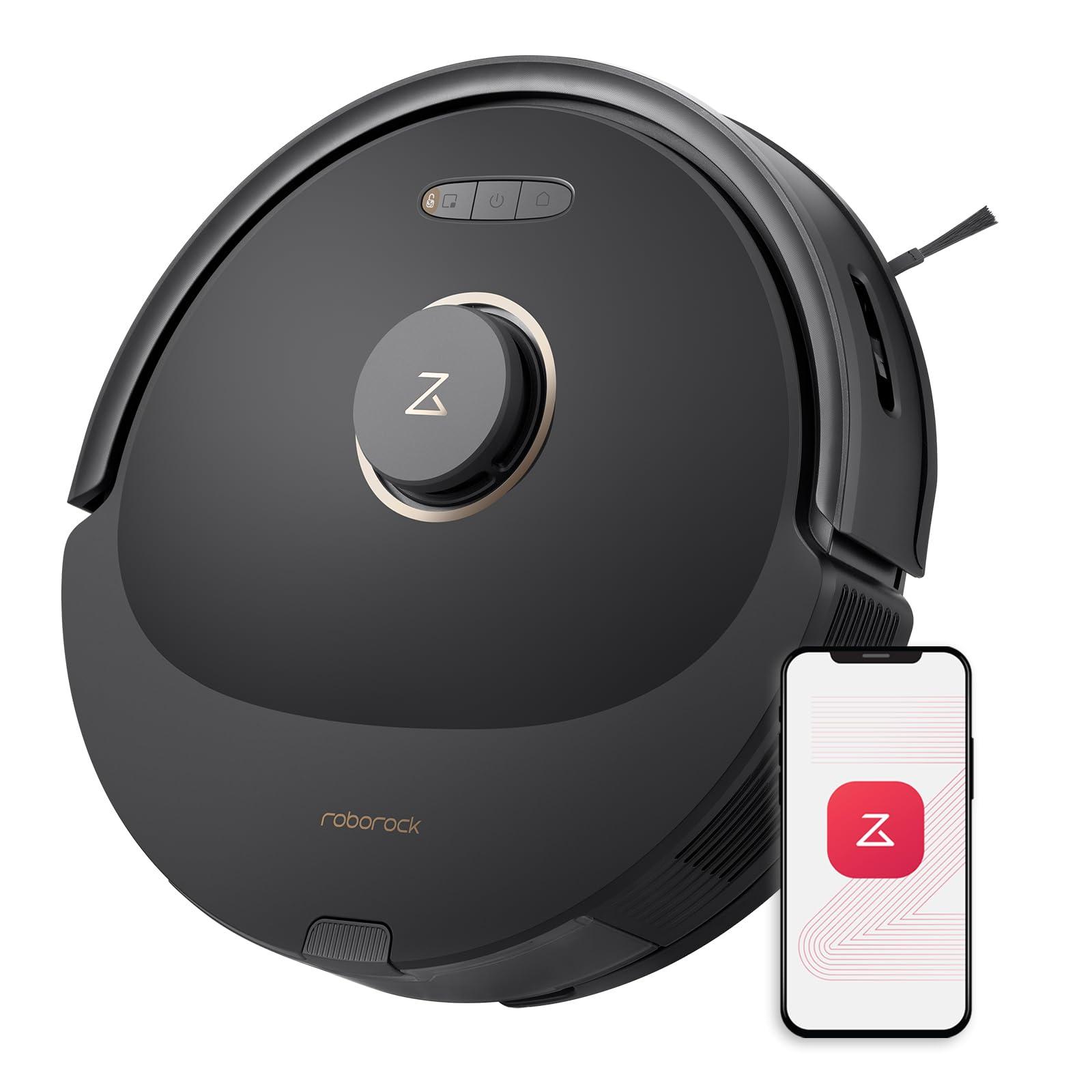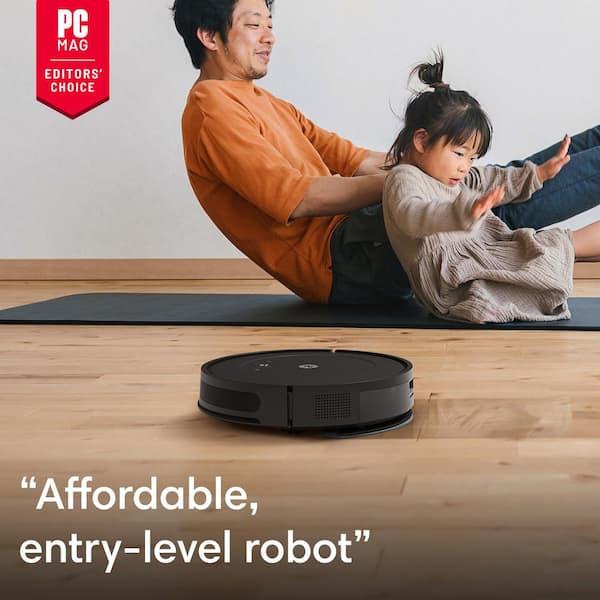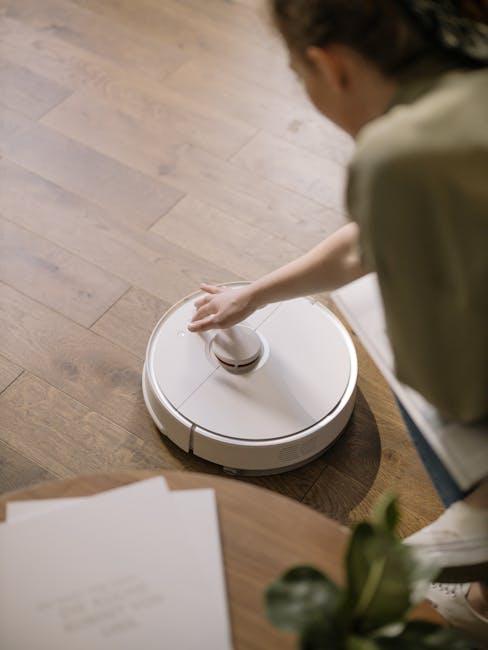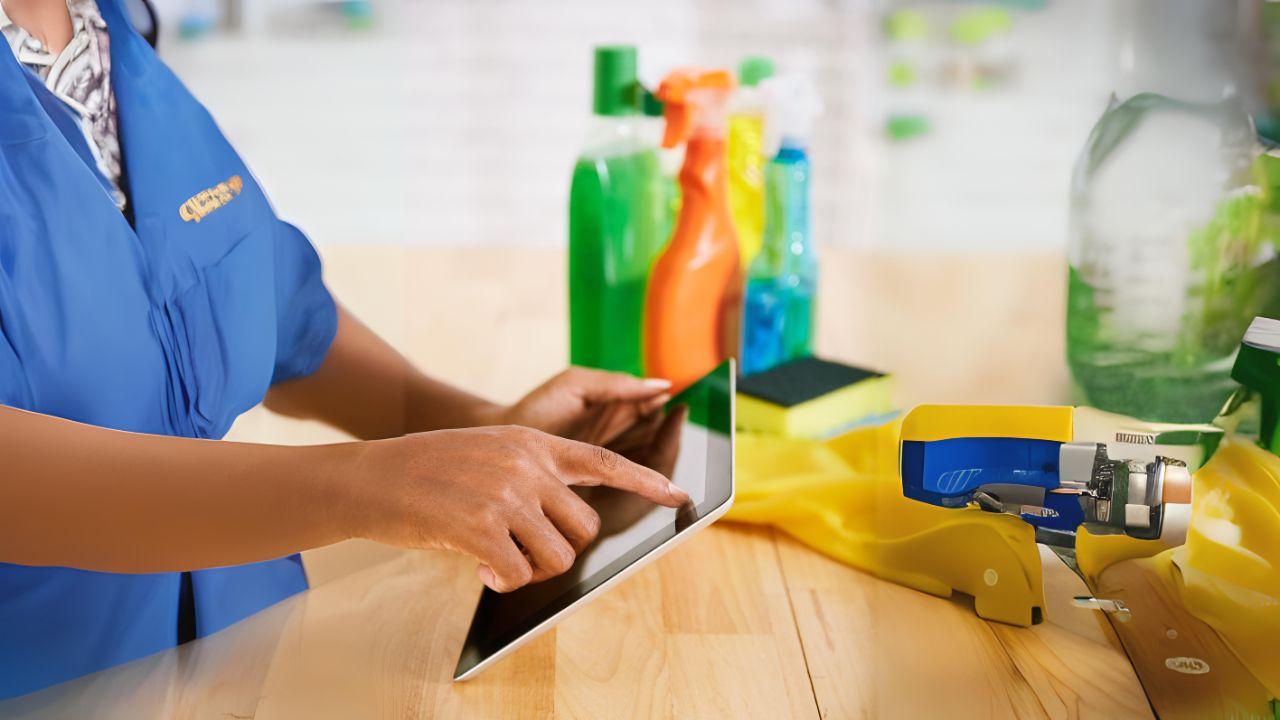In a world where technology transforms the mundane tasks of daily life into seamless experiences, two names have emerged at the forefront of smart home cleaning – Roborock and iRobot. As home automation becomes increasingly prevalent, these brands represent the pinnacle of innovation in robotic vacuuming, each boasting a distinctive approach to smart cleaning solutions. But which brand truly dominates the market? In this comparative exploration, we’ll delve into the features, capabilities, and customer experiences of both Roborock and iRobot. From advanced navigation systems to powerful suction capabilities, join us as we dissect the strengths and weaknesses of these leading contenders, helping you make an informed decision for your own smart cleaning journey.
Roborock’s Innovative Features and Performance Metrics
Roborock has earned a stellar reputation in the smart cleaning world, primarily due to its innovative features that enhance user experience and cleaning efficiency. With advanced LiDAR navigation, Roborock vacuum cleaners create precise maps of your home, allowing them to identify and adapt to different cleaning zones effectively. Coupled with its smart zoning capabilities, users can easily customize cleaning schedules, designate no-go areas, and even control cleaning intensity based on room type through a user-friendly app. Other standout features include:
- Auto-empty docking stations that minimize user involvement and maintenance.
- Powerful suction that easily tackles varied surfaces from hardwood to carpets.
- Multi-level mapping, supporting multiple floor configurations effortlessly.
When it comes to performance metrics, Roborock has set a high bar. With impressive battery life, many models can clean continuously for up to 180 minutes, making it suitable for larger homes. The intelligent carpet boost technology automatically increases suction power when transitioning onto carpets, ensuring thorough cleaning. To visualize this, the table below presents a quick comparison of key performance metrics for several popular Roborock models:
| Model | Battery Life | Suction Power (Pa) | No-Go Zones |
|---|---|---|---|
| Roborock S7 | 180 mins | 2500 Pa | Yes |
| Roborock S6 MaxV | 150 mins | 2500 Pa | Yes |
| Roborock S5 | 150 mins | 2000 Pa | Yes |

iRobot’s Proven Track Record and User Experience
With a legacy spanning over two decades, iRobot has firmly established itself as a pioneering force in smart cleaning technology. The company is renowned for its flagship product, the Roomba, which has consistently set benchmarks for performance and innovation within the robot vacuum industry. Users often highlight the *ease of use* and *dependability* of iRobot’s devices, with numerous features designed to simplify household cleaning. Key user experience aspects include:
- Smart Navigation: iRobot’s advanced mapping technology helps ensure comprehensive coverage of your space.
- Custom Scheduling: Users can tailor cleaning schedules to fit their lifestyles, allowing for efficient housekeeping.
- Adaptive Cleaning: Roombas intelligently adjust suction power based on floor type, optimizing performance across various surfaces.
Moreover, iRobot emphasizes customer satisfaction through ongoing software updates and feature enhancements that keep their products cutting-edge even years after purchase. Consumer feedback often praises the seamless integration with smart home systems, creating a cohesive and user-friendly experience. Below is a summary of some of the key attributes that distinguish iRobot’s offerings:
| Feature | Description |
|---|---|
| Efficiency | High-performance cleaning capabilities, ideal for various surfaces. |
| Support | Robust customer service and a wealth of online resources available. |
| Reliability | Consistent performance backed by a strong warranty and service programs. |

Comparative Analysis of Pricing and Value for Money
In evaluating Roborock and iRobot, pricing plays a critical role in determining their overall value proposition. Roborock models typically feature a competitive price point, especially considering their advanced cleaning technology and multi-functionality. For those seeking effective smart cleaning without breaking the bank, Roborock stands out with offerings that provide impressive suction power and versatile features. On the other hand, iRobot commands a premium in many of its models, reflecting the brand’s long-standing reputation and extensive R&D investments. However, users often find that the extra cost translates to exceptional build quality and reliability, giving iRobot a strong following despite its higher price tag.
When assessing features and specifications in relation to cost, it’s helpful to consider a comparative table that highlights key attributes:
| Model | Price Range | Suction Power (Pa) | Smart Features |
|---|---|---|---|
| Roborock S7 | $499 – $579 | 2500 | App Control, Voice Assistants, Mopping |
| iRobot Roomba i7+ | $799 – $999 | 1700 | Self-Emptying, Smart Mapping, App Control |
From this comparison, it is clear that while iRobot offers premium features and a strong brand legacy, Roborock provides remarkable functionality that often justifies its pricing for budget-conscious consumers. Users should weigh their priorities—if top-tier support and smart integration matter most, iRobot may have the upper hand. Conversely, for those hunting for innovative tech at a lesser price, Roborock delivers substantial value without compromising quality.

Recommendations for Optimal Smart Cleaning Solutions
When it comes to choosing the ideal smart cleaning solution, a few factors can significantly influence your decision. Roborock offers advanced navigation and mapping technology, which allows their vacuum models to efficiently clean your home while avoiding obstacles. On the other hand, iRobot has built a reputation over the years, focusing on robust functionality and ease of use. Consider the following attributes to identify the best fit for your cleaning needs:
- Smart Features: Look for models with app control, scheduling options, and integration with smart home systems.
- Battery Life: Evaluate run times to ensure the vacuum can effectively cover your designated cleaning area.
- Maintenance: Consider the ease of emptying dustbins and accessing filters for maintenance purposes.
- Cleaning Modes: Check for various cleaning modes like spot cleaning, edge cleaning, and mopping capabilities.
It’s also beneficial to analyze the customer support and warranty options offered by each brand. Reliable service can alleviate concerns if you encounter any issues with your device. Below is a comparative table summarizing key features of popular models from both brands:
| Feature | Roborock Models | iRobot Models |
|---|---|---|
| Smart Navigation | Yes, advanced | Yes, standard |
| Mopping Functionality | Available | Available (limited) |
| App Control | Yes | Yes |
| Battery Life | Up to 180 mins | Up to 120 mins |
Concluding Remarks
In the ever-evolving landscape of smart home technology, the clash of titans between Roborock and iRobot has sparked vibrant discussions among enthusiasts and homeowners alike. Throughout this exploration, we’ve uncovered the strengths and weaknesses that each brand brings to the table, from innovative navigation systems to user-friendly interfaces, cleaning efficiency, and maintenance requirements.
As you embark on your journey toward a cleaner home, both paths present appealing avenues; whether you lean toward the user-oriented design of iRobot’s Roomba or the high-tech sophistication of Roborock’s offerings, your decision should ultimately align with your specific cleaning needs, tech preferences, and budget.
In the end, the true ‘winner’ may not be as clear-cut as it seems, as both brands continue to push the envelope and redefine what smart cleaning can achieve. As the technology advances and consumer demands shift, staying informed will ensure that your choice not only meets your immediate requirements but also leads to a smarter, more efficient home in the long run. Happy cleaning!




